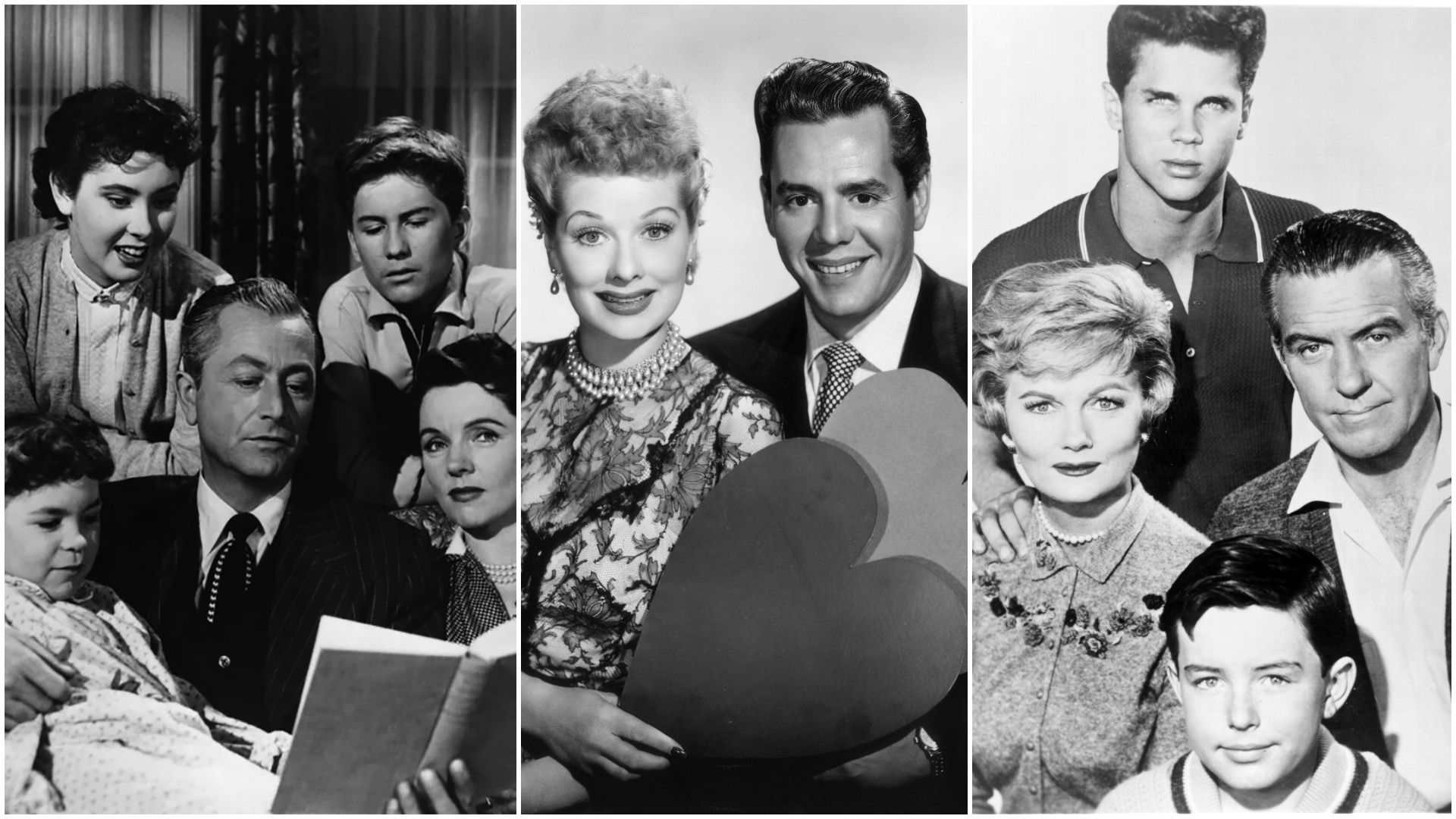The Unsung Heroes of 1950s TV
Let’s journey back to the Golden Age of Television – the 1950s! Beyond the bright lights and iconic lead characters, a cast of unforgettable sidekicks added depth, humor, and heart to our favorite shows. These weren’t just supporting players; they were the Robins to the Batmen, the Watsons to the Sherlocks, the Chewbaccas to the Han Solos – adding that extra something special.
While the cry of “Kemo Sabe!” and the image of Tonto, the Lone Ranger’s faithful companion, might spring to mind, the world of 1950s television sidekicks was far richer. Picture Ed Norton from “The Honeymooners,” forever getting into comical scrapes with his pal Ralph. Or envision Chester, the dependable deputy in “Gunsmoke,” always ready with a supportive “You got it, Mr. Dillon!” for Matt Dillon. These characters brought laughter, but they also served a greater purpose.
These sidekicks often reflected the changing social landscape of the era. They represented individuals often marginalized at the time – minorities, women, and others finding their voices. By showcasing these characters, flaws and all, television began to spark important conversations about identity, equality, and societal values.
At their core, these sidekicks exemplified the true meaning of friendship. They were the confidants, the shoulders to cry on, the loyal companions who’d face any predicament. Through their unwavering support of the main characters, they taught viewers valuable lessons about loyalty, resilience, and the power of companionship.
The impact of these 1950s sidekicks extended far beyond the television screen. Their catchphrases became ingrained in everyday language, their quirks and mannerisms seeped into popular culture, influencing movies, books, and even real-life friendships.
So, the next time you find yourself reminiscing about classic 1950s shows, remember the sidekicks. They weren’t just along for the ride; they helped steer the narrative, tickled our funny bones, and reminded us that even heroes need a trusty friend by their side.
Discover the secrets of ancient civilizations with ancient aliens – edgar cayce: the sleeping prophet, uncover the forgotten truths about the revered muhammad legacy of a prophet frontline, and delve into the adventures of magellan and the trujillo.
Dissecting “Your Show of Shows”: A Comedic Revolution
Determining the one star of “Your Show of Shows” is no simple feat. While Sid Caesar’s name led the charge, and his comedic genius is undeniable, to overlook Imogene Coca’s contributions is to miss half the brilliance. This 90-minute live comedy explosion was a collaborative triumph.
Was Sid Caesar the Undisputed Star?
Caesar’s mastery of physical comedy, his knack for creating memorable characters, and his impressive improvisational skills made him a force to be reckoned with. He often embodied the “Everyman,” portraying characters that resonated with audiences.
However, to label Caesar as the sole star is to disregard Imogene Coca’s comedic brilliance. Coca was a force of nature, unafraid to embrace the unconventional and embody eccentric characters.
“There was a special chemistry to Your Show of Shows, I think, because [producer-director] Max [Liebman] wasn’t afraid to throw out material at the last minute. And I think when you do live television — well, we stopped for nothing. We had no cue cards, no TelePrompTers, and no ad-libbing on the air, because Max would have died if anybody had ad-libbed. It would have been utter disgrace, and you would have been drummed right out of the corps. … Nobody ever forgot a line, and that was the amazing part.” – Imogene Coca on the show’s chemistry.
Her fearlessness in challenging traditional gender roles in comedy cemented her status as a trailblazer. Whether playing a lovelorn lounge singer or a hilariously clumsy ballerina, Coca brought a unique comedic sensibility to the show.
Further amplifying the show’s success was the team behind the laughter – a writing staff that reads like a who’s who of comedic legends: Mel Brooks, Neil Simon, Carl Reiner, and more. Their sharp wit, social commentary, and innovative sketches pushed the boundaries of television comedy.
Sadly, much of “Your Show of Shows” is lost to time, with only fragments of episodes surviving. This loss adds a layer of intrigue, making the existing sketches all the more precious. Despite the passage of time, the show’s impact on comedy is undeniable.
The Television Landscape of 1950: A Transforming Era
Imagine a time before streaming, countless channels, or even color television! In 1950, television was in its infancy, rapidly transforming from a novelty to a beloved fixture in American homes. But what exactly were people tuning into during those early days?
The Rise of Laughter: Sitcoms Find Their Footing
Sitcoms provided relatable glimpses into family life, offering lighthearted humor and a sense of connection. “I Love Lucy,” premiering in 1951, quickly rose to prominence, its slapstick humor and the undeniable chemistry between Lucille Ball and Desi Arnaz captivating audiences.
Yet, “I Love Lucy” wasn’t alone. “The George Burns and Gracie Allen Show” charmed viewers with its witty banter, while “The Honeymooners” resonated with its portrayal of working-class life. These shows solidified the sitcom as a television staple, proving that laughter was, indeed, the best medicine.
Variety Shows: A Bit of Everything for Everyone
Variety shows offered a smorgasbord of entertainment, captivating viewers with their eclectic mix of comedy, music, and more. “The Ed Sullivan Show” reigned supreme, hosting legendary acts like Elvis Presley and The Beatles, forever etching itself into television history.
Milton Berle’s comedic genius shone on “The Texaco Star Theater,” while “Toast of the Town” (later “The Ed Sullivan Show”) further fueled the variety show craze. These programs catered to diverse tastes, ensuring there was something for everyone.
Westerns Ride High in the Saddle
Capitalizing on the enduring allure of the American West, Westerns galloped onto television screens. Shows like “The Lone Ranger” and “Hopalong Cassidy” presented idealized versions of cowboys, outlaws, and vast landscapes, capturing the imaginations of viewers.
Grittier entries like “Gunsmoke” and “Have Gun – Will Travel” offered a more realistic take on the genre, further cementing the Western’s hold on the American psyche.
Beyond Entertainment: Dramas, Game Shows, and More
While sitcoms, variety shows, and Westerns dominated, 1950s television witnessed the emergence of other genres. Dramas, though less prevalent, offered thought-provoking stories and adaptations of literary classics. Early game shows kept audiences on the edge of their seats, while sports broadcasts brought the thrill of competition into living rooms.
This era also saw the rise of educational programming, highlighting television’s potential to inform and enlighten. As the decade progressed, technological advancements, such as color broadcasting and the invention of the remote control, enhanced the viewing experience.
The 1950s marked a pivotal period in television history. It was a time of innovation, experimentation, and the solidification of television as a central form of entertainment and a powerful medium for shaping cultural conversations.
- Unlock what part of speech is is: Master English Grammar Now - April 2, 2025
- Unlock the best US history books: A curated list for insightful reading - April 2, 2025
- First Lady Book: A History of Power and Influence - April 2, 2025
















